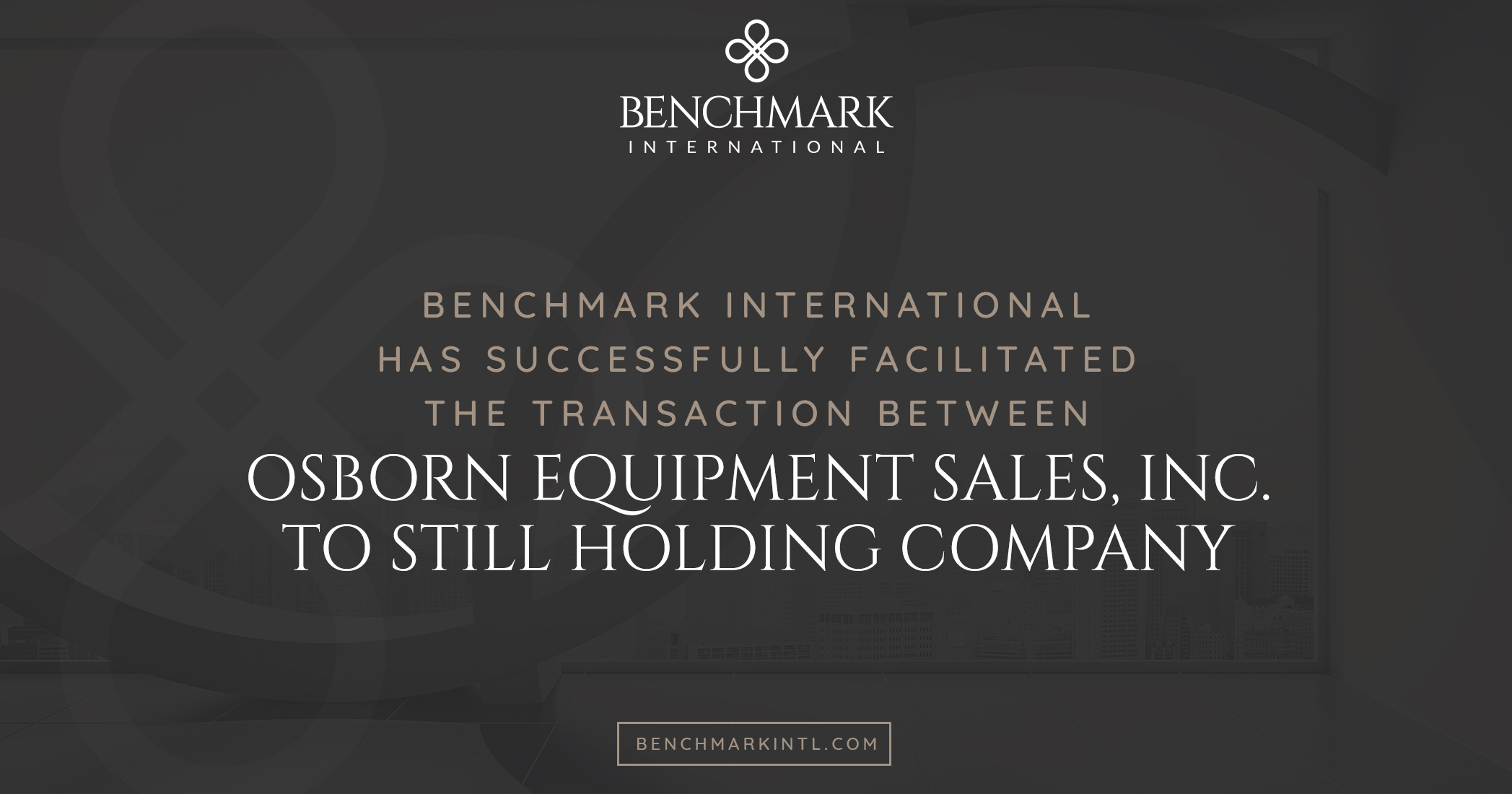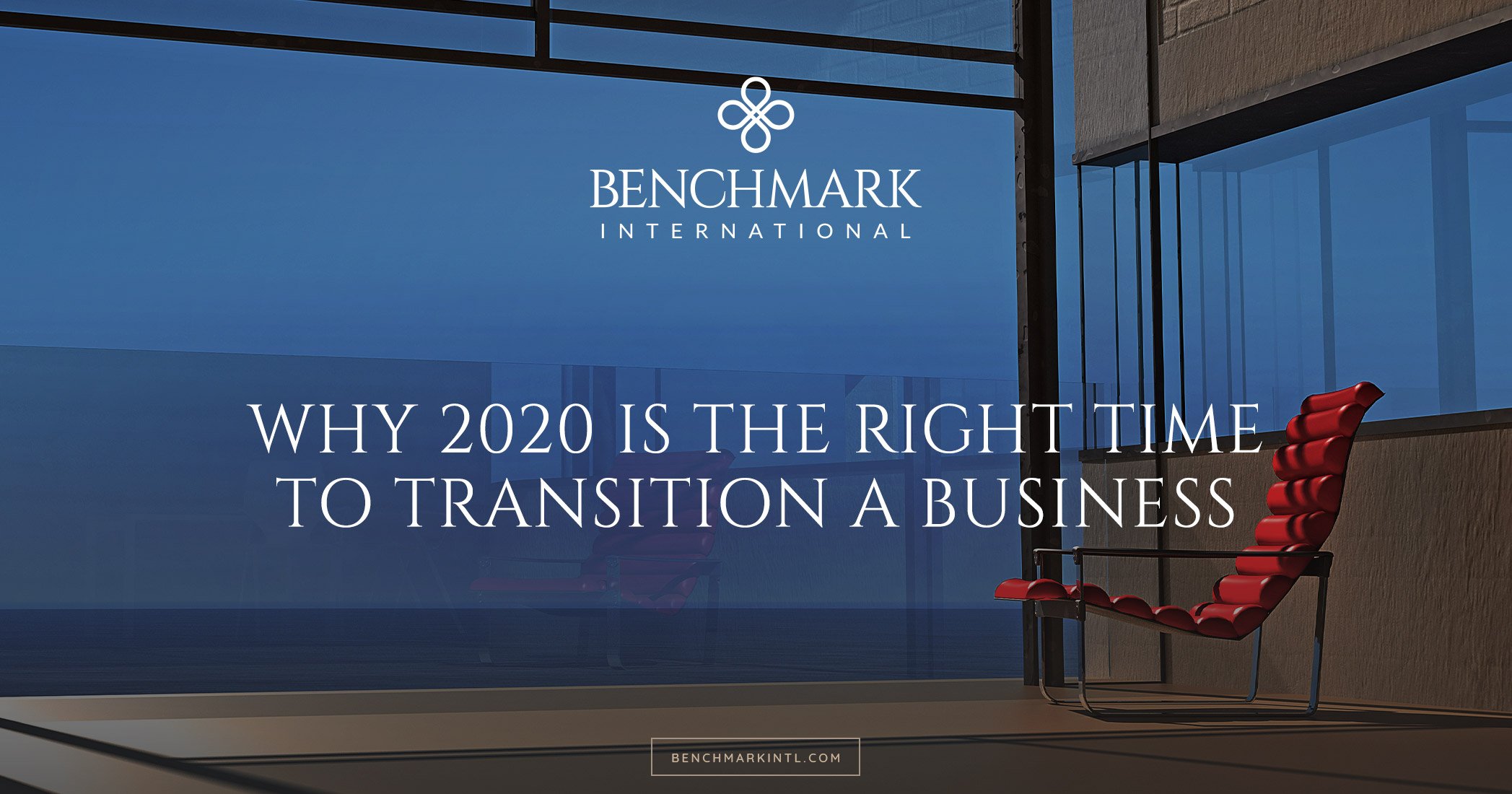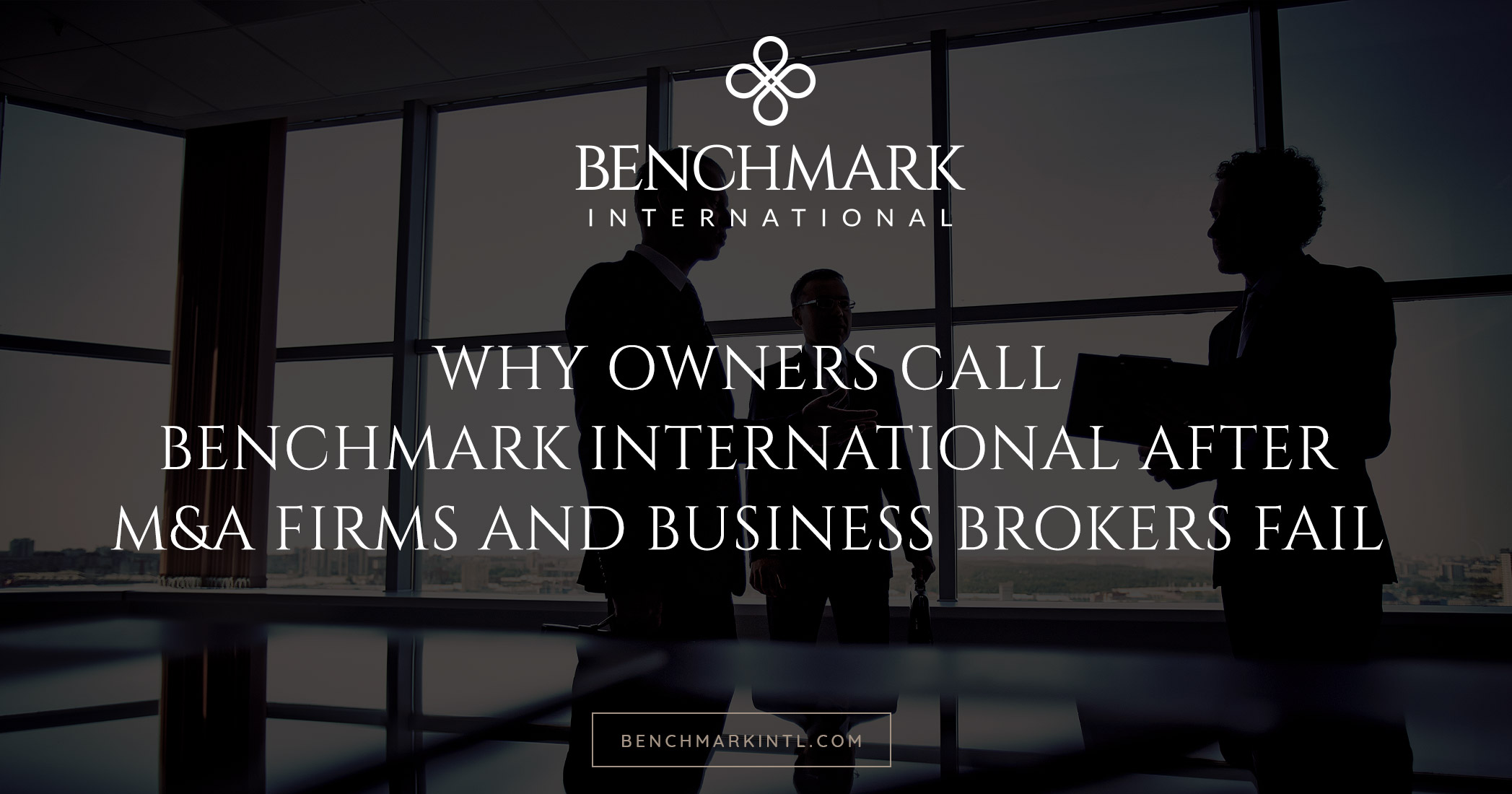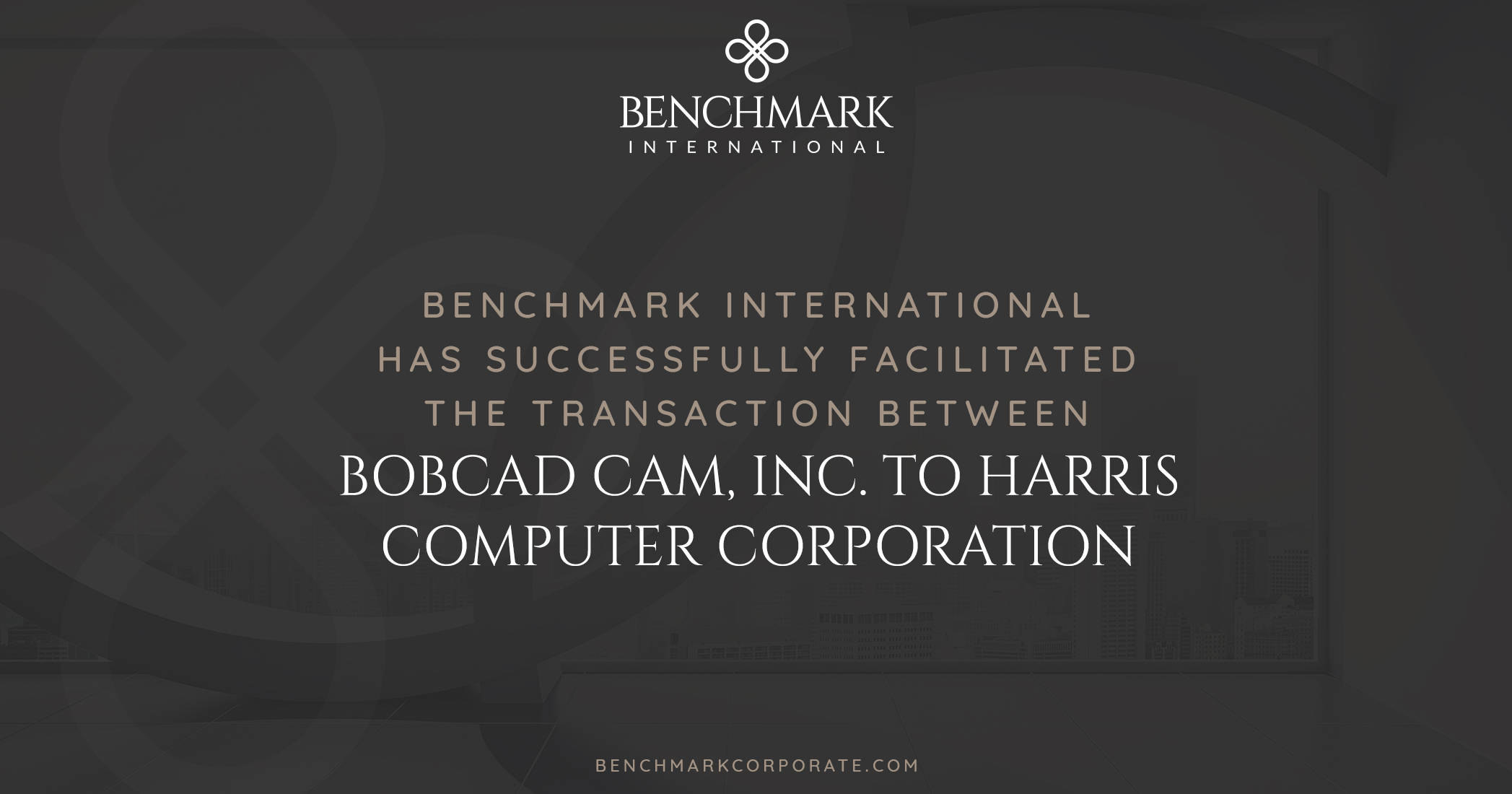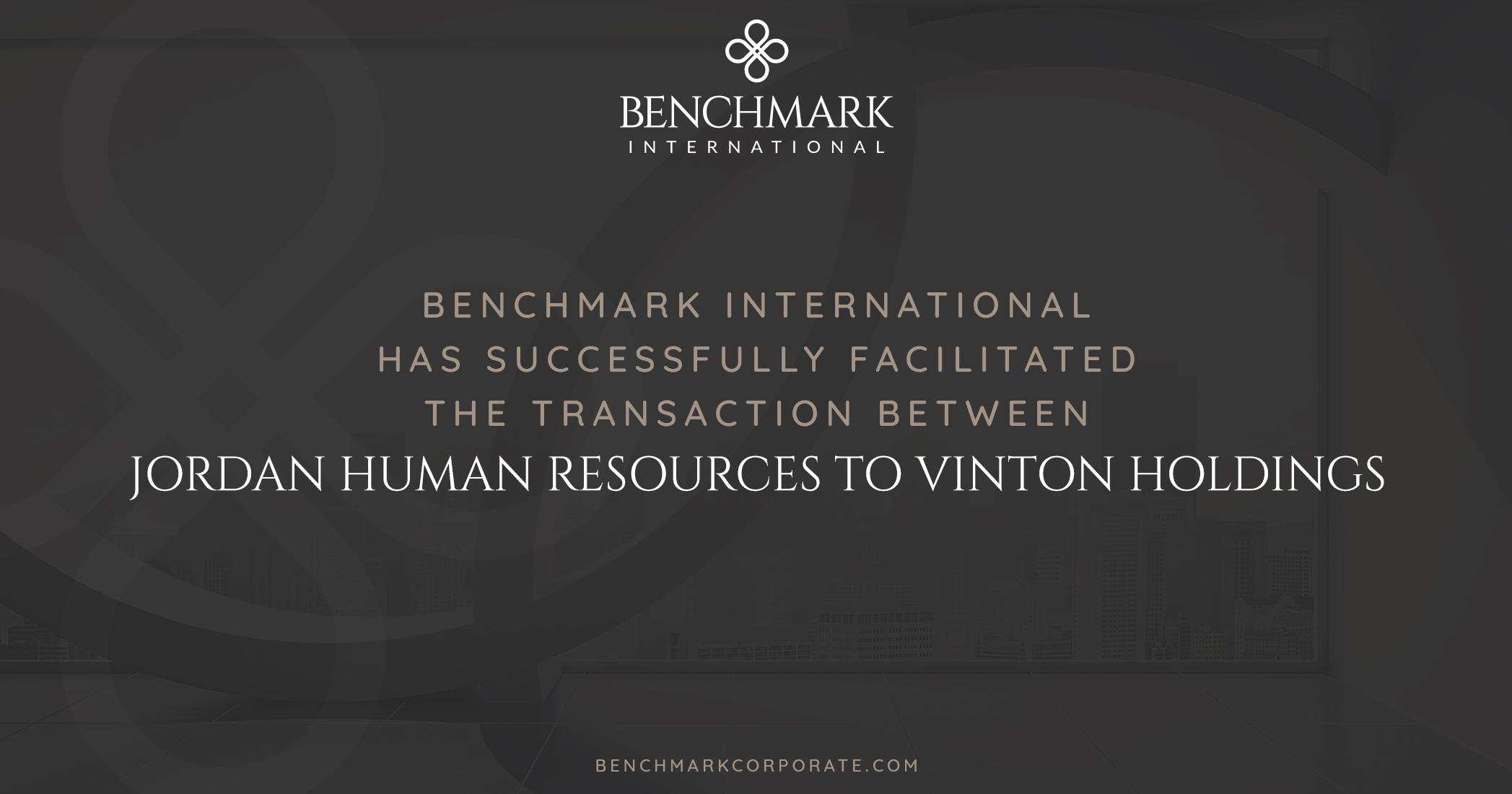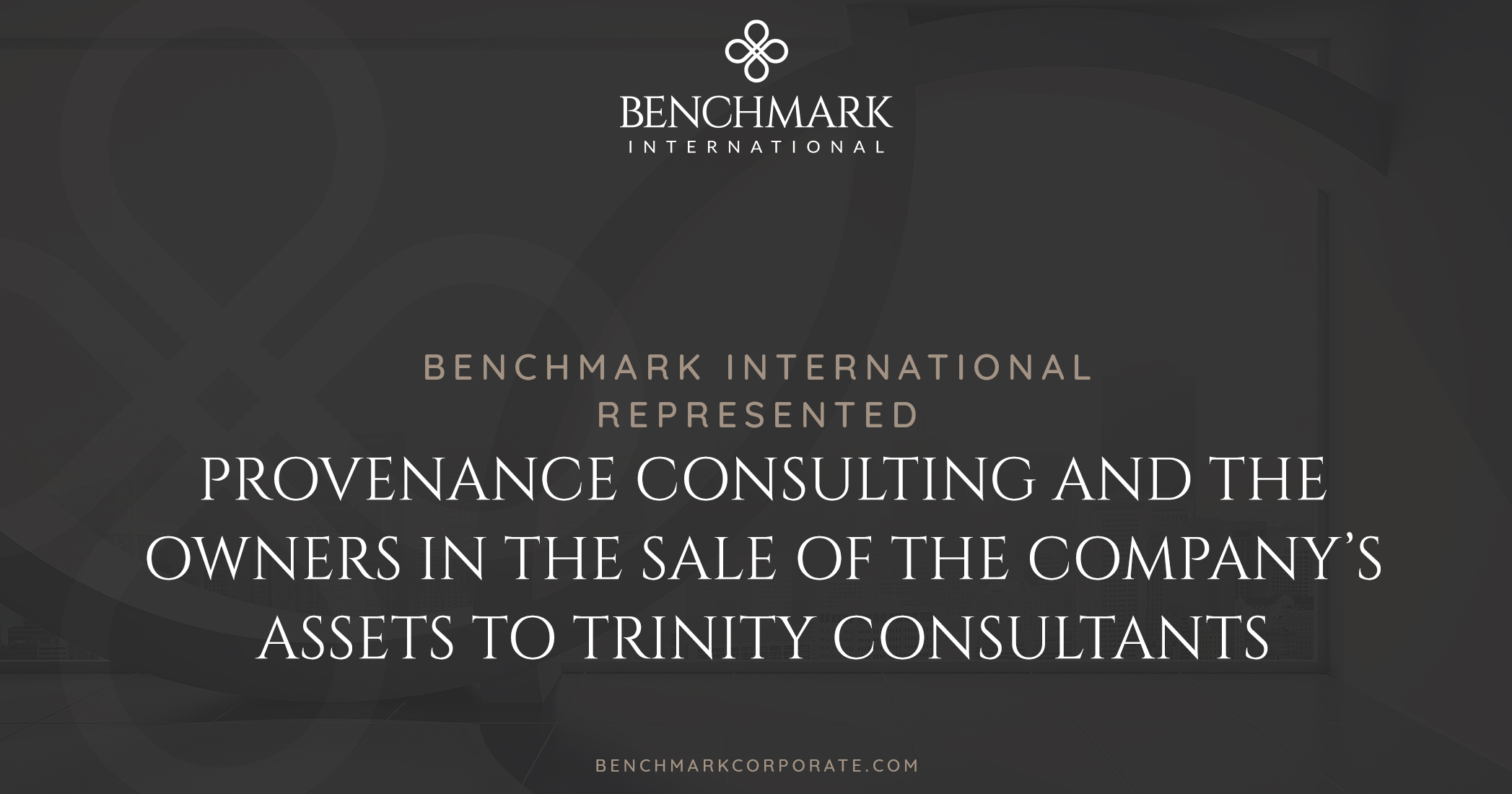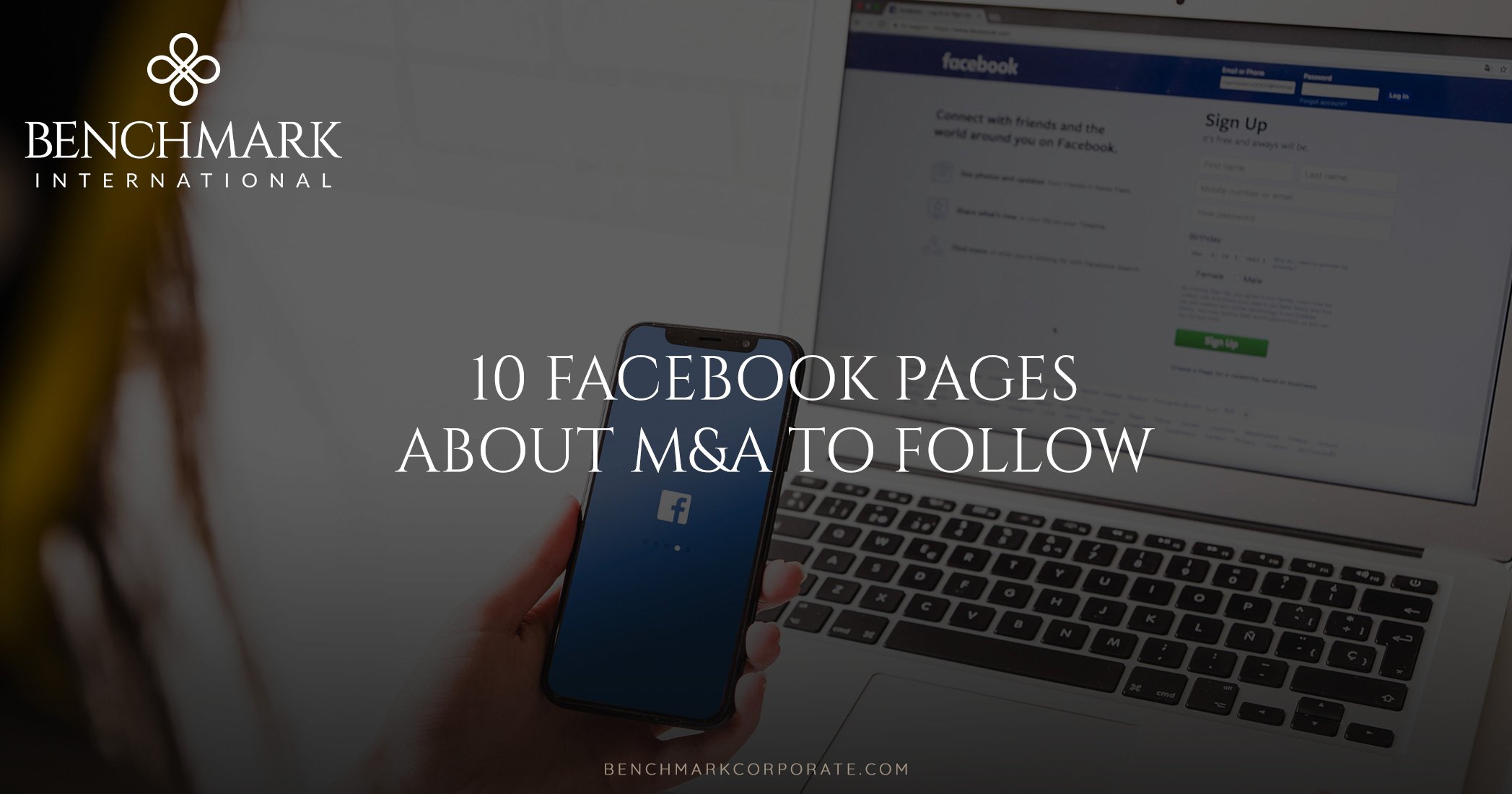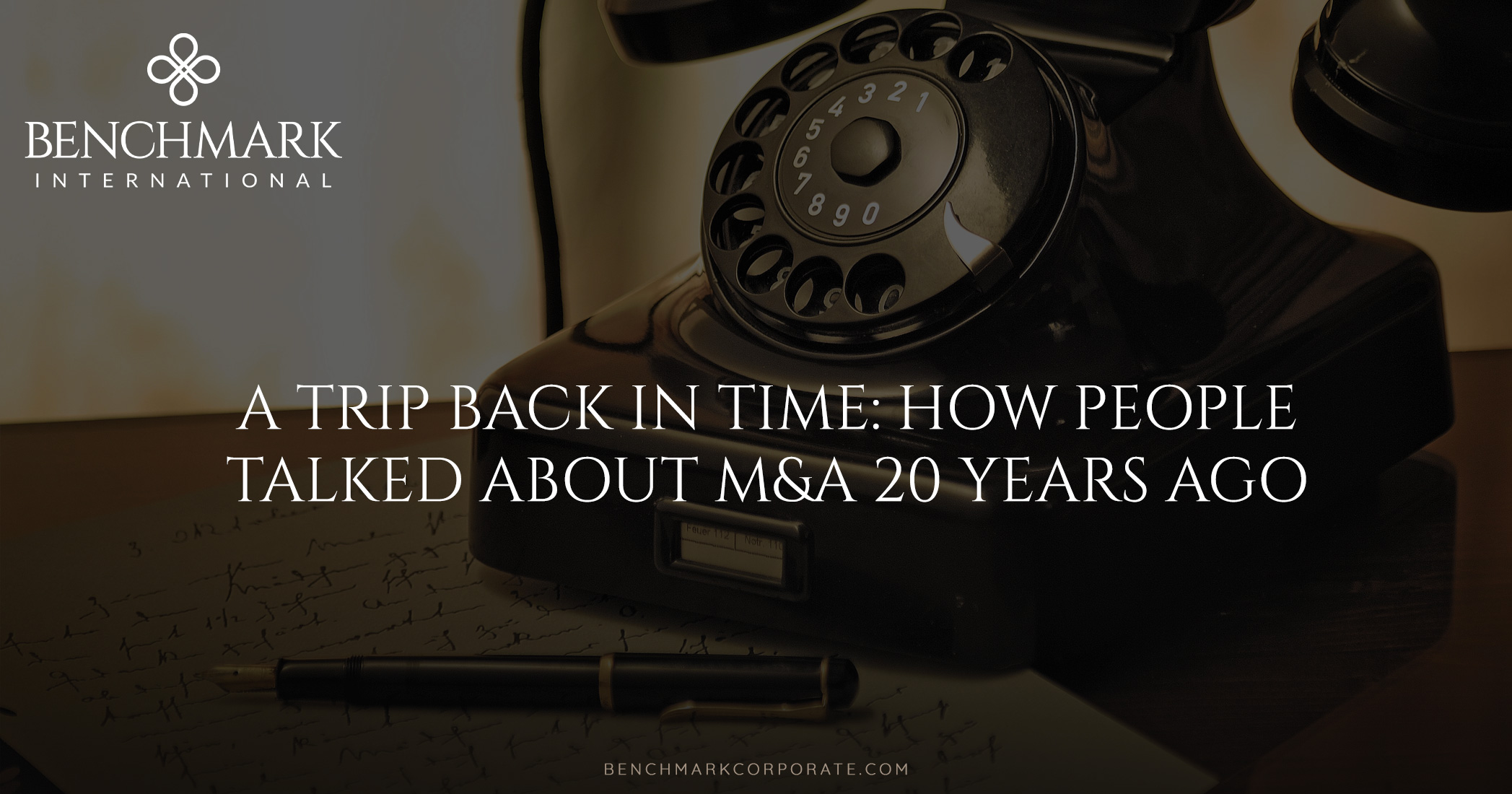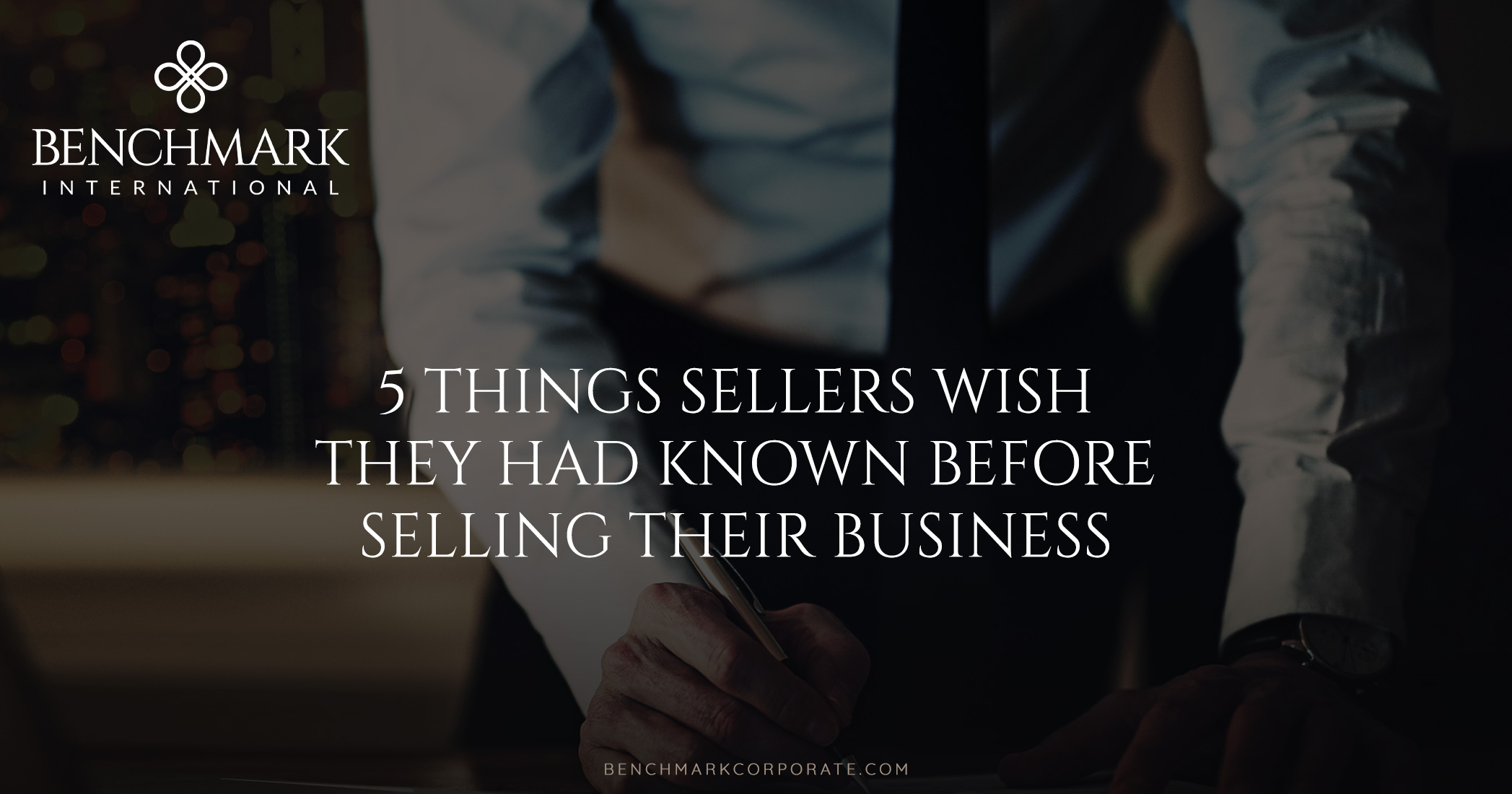Two of the most transformative factors in the world of automotive and technological development have been the advent of ride-hailing platforms and autonomous vehicles. They each create various mergers and acquisitions opportunities both individually and in concert with each other in various capacities on a global scale.
Ride Service Companies
Ride services—also known as ride hailing and ride sharing—will continue to create opportunities for M&A in decades to come as their popularity around the world continues to increase. Uber, DiDi Chuxing, Gett, Grab, and Lyft are some of the leading firms in the market. As more companies emerge, the market becomes more and more fragmented. The right M&A transactions can help companies increase market share and improve service quality.
It can be relatively inexpensive to start up a ride-hailing company. After all, they depend on contract labor that does not rely on special skills or loyalty, and are powered by free mobile apps that easily bring their service to the public’s fingertips. While this makes it easy for more smaller firms to enter the space, it also creates ripe opportunity for M&A activity in an incredibly competitive industry that has been predicted to one day be dominated by only a couple of major players.
The ride hailing sector is not unlike other transportation industries, as it is subject to strict laws and regulations that can make M&A challenging, meaning that deals in this space require added due diligence.
Autonomous Vehicles
A strong investment climate lies in the sector of autonomous or self-driving vehicles. Traditional auto manufacturers are investing billions of dollars and stepping up efforts to try to catch up with advancements already pioneered by the big tech companies. It is both faster and easier to acquire existing technologies than to try to reinvent the self-driving wheel. While they retain the advantage of being capable of the mass production of vehicles, it is expansion of their capabilities that is a major driver of M&A.
Companies at every level of involvement in the auto industry need to adapt their strategies, from manufacturers to suppliers to retailers. M&A is a necessary strategy for all existing industry players to maintain any foothold as newer digital companies transform the space. This includes rethinking business models and emphasizing innovation to establish themselves as a leader in the future.
Autonomous vehicles also present the possibility of major ramifications for other industries.
- Law enforcement: With self-driving cars programmed to obey traffic laws, fewer police resources may be needed on roads and less local revenue could be earned from citations.
- Insurance: With fewer accidents come fewer insurance claims, reducing the cost of insurance premiums.
- Healthcare: Ideally, fewer traffic accidents can reduce reliance on emergency services.
- Air & rail: Using autonomous vehicles for long-distance travel can mean fewer passengers on airplanes and trains.
- Advertising: Withdrivers turned into passengers, their attention can be shifted from audio to visual, and advertising could be targeted by location.
Many companies around the world have demonstrated enthusiasm over the prospect of disrupting public transportation as we know it, and have been eager to invest in companies that are focused on bringing autonomous vehicles into this realm. This includes robotic taxis, driverless shuttles, electric car ride services, and taxis that are not equipped with steering wheels or pedals.
Countries leading the way in the development of autonomous driving technology include Norway, Singapore, the United States, Germany and Israel.
Many challenges exist before the proliferation of autonomous vehicles on roads everywhere is a real possibility. While careful planning and programming goes into the technology that makes these vehicles both operational and safe, there are unexpected scenarios that are not easy to predict or take into account. These situations include other drivers’ errors such as going the wrong direction or making illegal maneuvers that can confuse the technology that a self-driving car relies upon. Essentially, the radar and high-resolution cameras in autonomous vehicles are able to detect and identify objects (such as a bicycle or pedestrian), but it cannot predict what those objects might do next.
These types of uncertainties, along with the strict regulatory environments surrounding self-driving vehicles, can also make the M&A market in this sector more complicated to navigate. It is prudent to consult with M&A experts regarding the opportunities in this area.
Contact Us
How can Benchmark International help you realize your dreams for your business? Give us a call and set up a meeting with one of our M&A experts. Whether you are looking to sell, grow, or formulate an exit plan, we are committed to helping you achieve what is best for you and your company.
READ MORE >> Benchmark International
Benchmark International  Benchmark International
Benchmark International 




